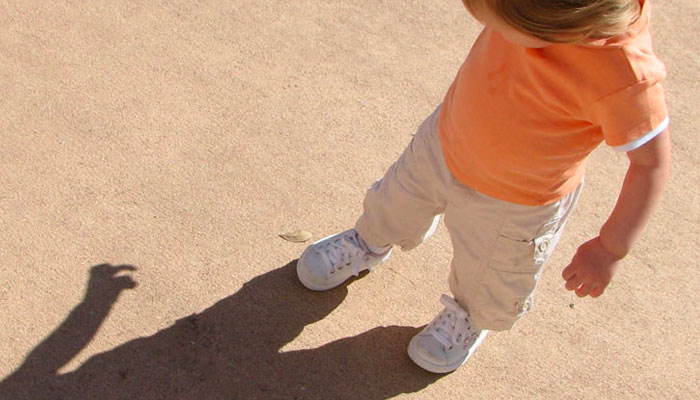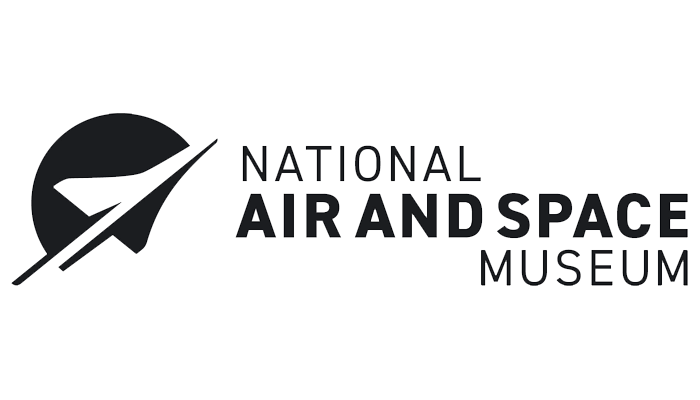While we believe that the books and resources recommended may be of value to you, keep in mind that these are suggestions only and you must do your own due diligence to determine whether the materials are appropriate and suitable for your use. PNC has no sponsorship or endorsement agreement with the authors or publishers of the materials listed.
OUR SKY

Sundials
Children will explore how shadows are created.

Lesson Objective
Using a sundial, the children will explore the Sun as a source of light causing shadows and will learn that the Sun travels, causing shadows to change.
Science
What You'll Need
- Sundial with a gnomon (or a broom in a bucket)
- Playground or flat surface
- Butcher paper
- Chalk or markers – 3 different colors
- Tape – 1 roll
What To Do
Note: This lesson will require taking the children outside several times throughout the day. It is important to stand in exactly the same spot when you draw the shadows, so your record is reliable.
- Tell the children they are going to talk about shadows today and will be going outside three times during the day to do an activity with the Sun.
- Early in the day, tape the butcher paper on the playground or a flat surface so that it does not move.
- Place the sundial (or broom in a bucket) on the butcher paper. Tape the bucket and the broom in place so they do not move.
- Mark where you are standing in relation to the sundial with an “X” and draw the gnomon (or broomstick) shadow on the butcher paper.
- Encourage the children to observe their own shadows and compare their shadows with the shadow from the sundial.
- After an hour or more, go back outside and stand on the “X” you marked on the butcher paper. Draw the gnomon (or broomstick) shadow on the butcher paper using a different color marker.
- Have the children compare the shadow tracings on the butcher paper (see Guiding Student Inquiry).
- After another hour or more, stand on the “X” and draw the gnomon (or broomstick) shadow on the butcher paper using a third color marker.
- Have the children compare the shadow tracings on the butcher paper (there should be three).
Resources
Home School Resources
Home educators: use these printable lesson PDFs to teach this lesson to your home schoolers. They're available in English and Spanish.
Content Provided By
Common Core State Standards Initiative – These lessons are aligned with the Common Core State Standards ("CCSS"). The CCSS provide a consistent, clear understanding of the concepts and skills children are expected to learn and guide teachers to provide their students with opportunities to gain these important skills and foundational knowledge [1]. Visit the CCSS


